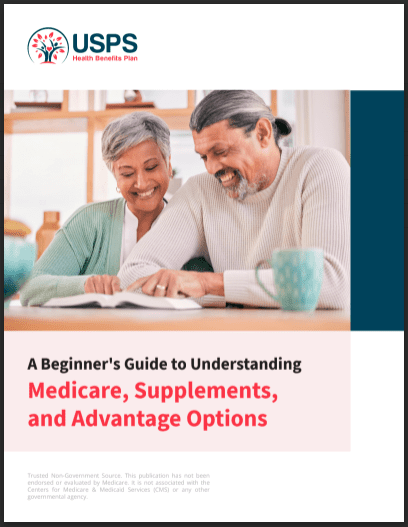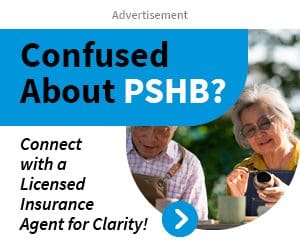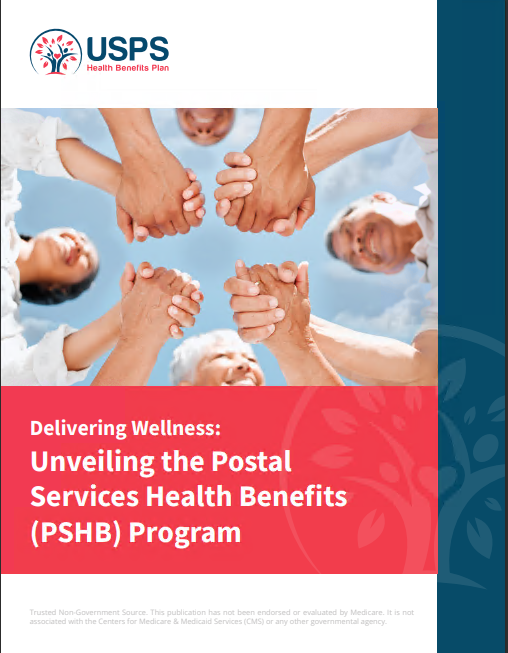Key Takeaways
-
While Medicare Part D now includes a $2,000 annual out-of-pocket cap, many high-cost prescriptions still trigger coverage limitations, especially if you’re not enrolled in the right Postal Service Health Benefits (PSHB) plan.
-
Formularies and prior authorization rules can make your drug plan look affordable on paper but costly in practice, especially when access to specialty medications is delayed or denied.
The New Out-of-Pocket Cap Is Not the End of the Story
Medicare Part D’s $2,000 cap in 2025 is one of the most significant policy changes in recent memory. On the surface, it seems like a clear win for beneficiaries, especially those dealing with chronic conditions. But if you’re covered under a PSHB plan, it’s essential to understand that not all Part D plans work the same way—and not all drugs are treated equally.
The $2,000 limit is the total annual out-of-pocket amount you’ll pay for prescription drugs covered under your Part D plan. However, the timing, availability, and even the inclusion of your medications under your plan’s formulary (the list of covered drugs) are not guaranteed. And that’s where the real problem starts.
Formularies Can Determine Your Access Before Cost Ever Does
Each PSHB plan offering Medicare Part D drug coverage uses a specific formulary. These formularies are tiered, typically ranging from generic drugs (lowest cost-sharing) to specialty medications (highest cost-sharing or prior authorization required).
Here’s what you need to watch for in 2025:
-
Non-Formulary Medications: If your drug isn’t on your plan’s list, you’ll either pay the full cost or need to request an exception.
-
Tier Restrictions: Some drugs may be covered but placed in higher tiers, meaning you’ll pay more before hitting the $2,000 cap.
-
Step Therapy Requirements: Before a costly medication is approved, your plan might require you to try and fail cheaper alternatives.
-
Prior Authorization Delays: Even if a drug is covered, you might not get access right away without extensive paperwork and plan approval.
These issues mean you might not reach the cap as quickly as you think—or worse, not get the medication at all if it’s denied.
Your PSHB Plan Determines More Than You Think
Since 2025, all Medicare-eligible Postal Service annuitants and their covered family members receive their drug coverage through an integrated Part D Employer Group Waiver Plan (EGWP) under PSHB. This system replaces prior standalone or FEHB-based coverage models.
The EGWP model is designed to reduce costs and streamline access, but it still depends heavily on the selected plan’s formulary, pharmacy network, and medical management rules.
Key points to consider in 2025:
-
Plan Formularies Vary Widely: Each PSHB EGWP may have different covered drug lists.
-
Pharmacy Network Participation: Some plans restrict where you can fill high-cost prescriptions.
-
Mail-Order Requirements: Certain specialty medications may only be available through mail-order, delaying access.
If you’re currently enrolled in a PSHB plan, review your plan’s drug list—not just the premium—during the November to December Open Season.
Drugs That Aren’t Covered Still Count Against You Financially
One of the most overlooked realities in 2025 is how uncovered medications impact your budget. Even though the new law caps your out-of-pocket spending at $2,000 for covered drugs, there’s no protection for:
-
Non-formulary prescriptions
-
Over-the-counter medications
-
Drugs used for cosmetic or weight-loss purposes (commonly excluded)
-
New or experimental therapies not yet included on formularies
This means if your PSHB drug plan doesn’t cover your medication, the entire cost is yours to bear—and it doesn’t count toward the $2,000 cap.
Drug Tiers Still Matter Under the Cap
You might assume that the $2,000 cap erases the importance of drug tiers, but that’s not the case. Tiers continue to determine how fast you reach the cap, and that matters for your monthly finances.
-
Tier 1 and 2 drugs (generic and preferred brands) might cost you $10–$30 per prescription, extending how long it takes to hit the cap.
-
Tier 4 and 5 drugs (specialty and non-preferred brands) can run hundreds per fill—even if just for a few weeks—meaning you might hit the cap early in the year.
The pace at which you reach the $2,000 threshold can make or break your monthly drug budget.
The Medicare Prescription Payment Plan Helps, But Only If You Enroll
The new Medicare Prescription Payment Plan allows you to spread out your drug costs in equal monthly payments across the calendar year. While this helps with budget predictability, it doesn’t reduce what you owe.
Important things to know in 2025:
-
Enrollment is optional and must be elected annually.
-
You must remain in good standing with your plan.
-
Missed payments may lead to removal from the payment program.
This can be helpful if you know you’ll hit the $2,000 cap early in the year but can’t afford to pay large sums all at once. However, it’s not automatic—you must sign up.
What Happens If You Switch PSHB Plans Mid-Year?
Changing your PSHB plan is typically only allowed during Open Season or after a Qualifying Life Event (QLE). If you’re facing access issues with your prescription drugs mid-year, switching plans might not be an immediate option.
Here’s what this means in 2025:
-
You may be stuck with your current drug list until the next Open Season.
-
Appealing a coverage decision is time-consuming and often unsuccessful.
-
Mid-year exceptions to switch plans are rare and require documentation of a QLE.
Your best protection is proactive planning—review formularies during Open Season and assess whether your prescriptions are well-supported.
Specialty Medications: Where the Real Struggles Begin
High-cost drugs used to treat cancer, autoimmune conditions, or rare diseases are often considered “specialty” medications. Even under PSHB plans with EGWP Part D integration, these drugs often:
-
Require prior authorization
-
Must be filled at specialty or limited-distribution pharmacies
-
Come with high coinsurance rates until the $2,000 cap is reached
While the cap eventually eases the financial burden, delays and denials in the meantime can affect your health—and your stress levels.
Annual Notice of Change Letters: Don’t Skip Them
Each fall, PSHB plans send out Annual Notice of Change (ANOC) letters detailing upcoming changes to coverage, formularies, and cost-sharing rules for the next calendar year. Ignoring this document can leave you vulnerable to unexpected cost increases or coverage gaps starting January 1.
For 2025 and beyond, make it a habit to:
-
Compare your current medications to the updated formulary
-
Verify your preferred pharmacies remain in-network
-
Ensure any planned treatments or refills won’t be disrupted
How to Strengthen Your Coverage Before the Next Open Season
If you’ve experienced drug access issues or high costs this year, start preparing for the next Open Season now.
Do the following before November:
-
Request a complete and updated formulary from your PSHB plan.
-
Talk to your doctor about therapeutic alternatives if your medications are non-formulary.
-
Compare at least three PSHB drug plans using the Office of Personnel Management’s comparison tools.
-
Verify how each plan handles prior authorization and specialty drugs.
Better planning now can prevent costly coverage mistakes later.
Don’t Wait Until You Need the Drug to Find Out It’s Not Covered
What looks good in a brochure may not translate into real-world affordability or access. Your PSHB Part D plan can only protect you if you understand its limits ahead of time.
Be proactive. Get help if you need it. Speak to a licensed agent listed on this website to make sure your plan fits your actual medical needs—not just your expectations.











